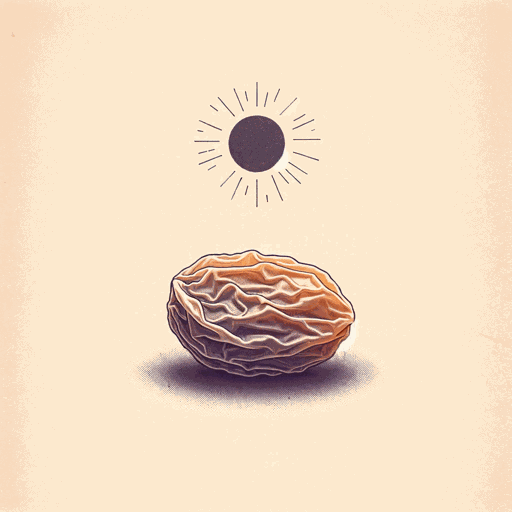18 pages • 36 minutes read
Langston HughesHarlem
Fiction | Poem | Adult | Published in 1951A modern alternative to SparkNotes and CliffsNotes, SuperSummary offers high-quality Study Guides with detailed chapter summaries and analysis of major themes, characters, and more.
Symbols & Motifs
Food
Food figures prominently in “Harlem.” Each time this motif appears, it takes dual forms—positive and negative.
The first image is “a raisin in the sun” (Line 3). Grapes are a longtime cultural symbol signifying, among other things—joy, abundance, fertility and promise. In “Harlem” the grapes wither on the vine, burned first into raisins and then into inedible dust. Deferment counteracts what could have been a bountiful harvest, denying people the immediate fruits of their labor and the promise of future enjoyment.
The next food image is the “stink" of "rotten meat” (Line 6). Fresh meat is a staple source of protein—a building block of life. Rotten meat reeks and can poison. Once again, time has worked against something healthy, spoiling it—no one has bothered to preserve or refrigerate the meat to ensure it retains its nutritive properties. The stink of rotten meat symbolizes a warning about the dangers of decaying dreams.
The final image is the "crust and sugar" that has emerged from a “syrupy sweet” (Lines 7-8), rendering it unpleasant and unpalatable. A dream can sweeten lives and offers something more than mere survival. Candy can go bad, too, losing integrity.
Related Titles
By Langston Hughes

Children’s Rhymes
Langston Hughes

Cora Unashamed
Langston Hughes

Dreams
Langston Hughes

I look at the world
Langston Hughes

I, Too
Langston Hughes

Let America Be America Again
Langston Hughes
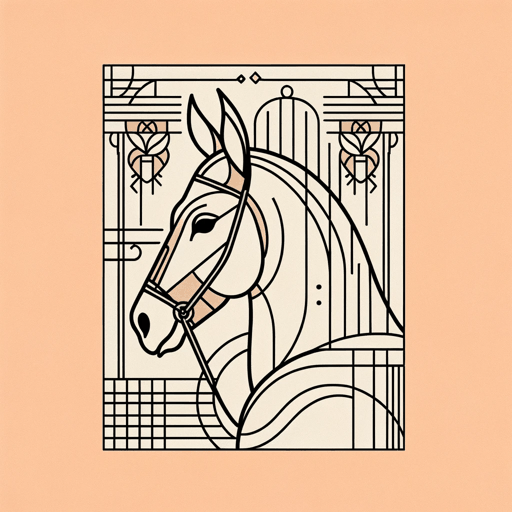
Me and the Mule
Langston Hughes

Mother to Son
Langston Hughes

Mulatto
Langston Hughes

Mule Bone: A Comedy of Negro Life
Langston Hughes, Zora Neale Hurston

Not Without Laughter
Langston Hughes

Slave on the Block
Langston Hughes
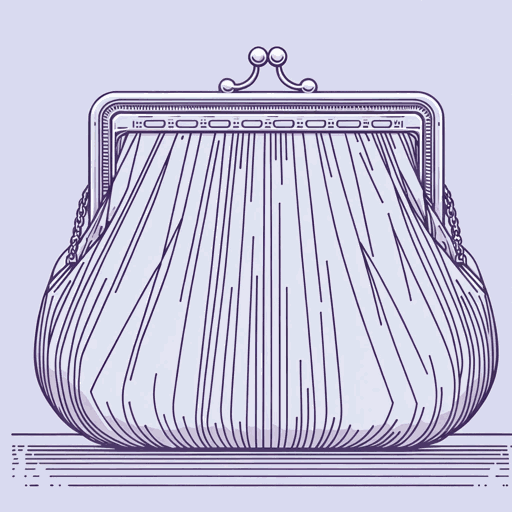
Thank You, M'am
Langston Hughes

The Big Sea
Langston Hughes
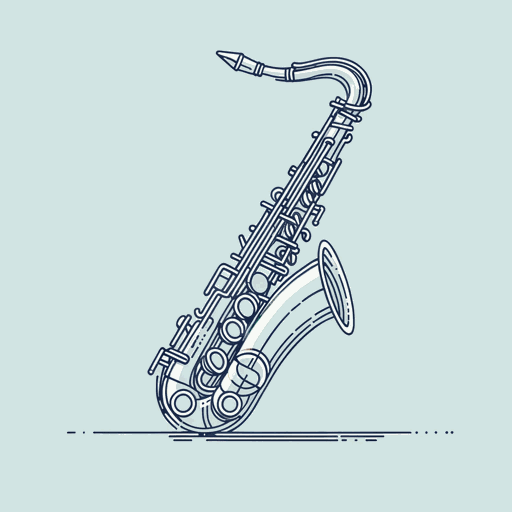
Theme for English B
Langston Hughes

The Negro Artist and the Racial Mountain
Langston Hughes

The Negro Speaks of Rivers
Langston Hughes
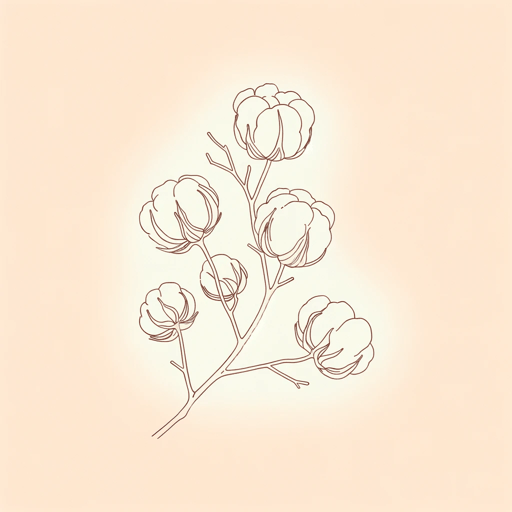
The Ways of White Folks
Langston Hughes

The Weary Blues
Langston Hughes

Tired
Langston Hughes
Featured Collections
African American Literature
View Collection
Black History Month Reads
View Collection
Books on Justice & Injustice
View Collection
Books on U.S. History
View Collection
Civil Rights & Jim Crow
View Collection
Equality
View Collection
Harlem Renaissance
View Collection
Nation & Nationalism
View Collection
School Book List Titles
View Collection
Short Poems
View Collection
The Future
View Collection
